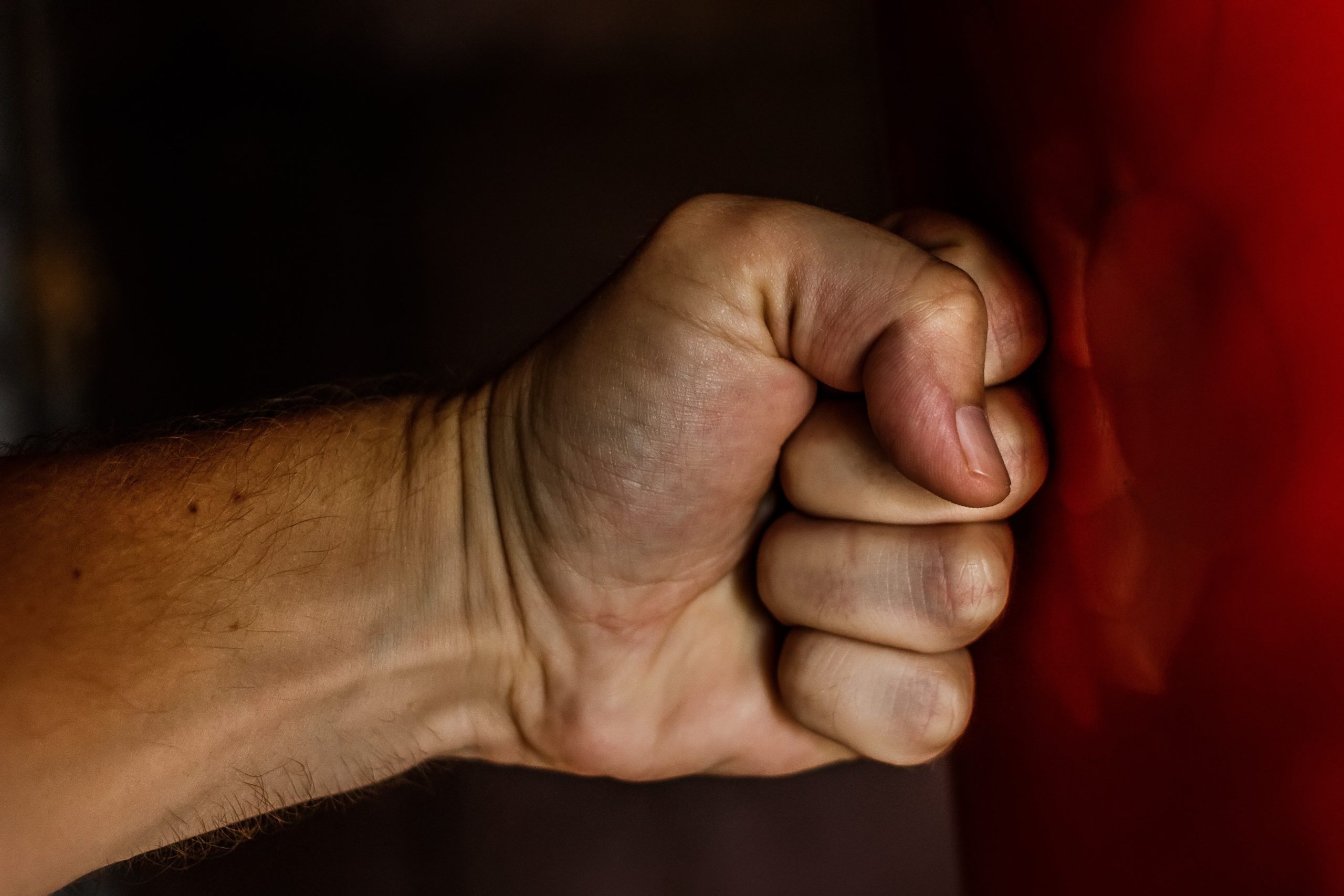Cutting, scratching … why do some people self-harm? Answers to these and other questions can be found here!
There are situations in which we simply don’t know what to do. Everything becomes too much. You ask yourself how you can get out of it. Or what you can do to finally stop feeling so much pressure. Some people then provide themselves with a kind of relief by inflicting injuries. So when someone hurts themselves, it is often an expression of a strong stress. It can be a kind of outlet to externalize unpleasant feelings and reduce inner tension.
What does self-injurious behavior (SIB) mean?
Self-injury is behavior in which people hurt themselves and inflict pain on themselves in various ways. In many cases, this involves self-inflicted injuries to the skin, such as scratching, cutting, burning, scratching or injuries caused by needle sticks or extreme nail biting. However, there are also other forms of self-injurious behavior, e.g. excessive sporting activity or refusal of food can also be self-injurious.
How does self-harm happen?
There are people who use self-harm in stressful situations as a kind of coping strategy. Self-injurious behavior can have various causes. Mostly, it is an attempt to relieve a certain inner tension, i.e. a kind of outlet. One could also say that those affected try to “cover up” painful feelings such as anger, fear, loneliness or sadness by feeling a physical pain in a way. This temporarily makes the emotional pressure or a feeling of emptiness disappear. Self-harm can sometimes occur together with mental illness (e.g. eating disorders, depression, borderline personality disorder, anxiety disorders or in trauma squeal).
Self-injurious behavior as a symptom of borderline personality disorder
How often or how regularly someone self-harms varies greatly. Most often, self-injurious behavior occurs in stressful situations (stress, losses, grief, conflicts in the family, …). In such situations, a wide range of feelings can arise, such as anger, sadness, helplessness, hopelessness, etc. These unpleasant feelings generate a feeling of being hurt. These unpleasant feelings create inner tension. Self-harm, as a kind of outlet and coping strategy, relieves this tension for a short time. It leads to a feeling of relief. However, this feeling only lasts for a short time and is often followed by other unpleasant feelings – e.g. feelings of guilt and shame. This can create a really unpleasant and stressful cycle.
If this hurtful attempt to cope is used again and again as an outlet and thus “practiced”, the behavior can also become entrenched. Professional support can be really helpful. Within this, it is about understanding how the self-harm comes about and working out which non-injurious coping mechanisms and emotion regulation strategies are appropriate for the individual.
Is it an addiction?
It is believed that at the moment of self-injury, substances are released in the body that (similar to drugs) produce positive and pleasurable feelings. Repeated self-harming behavior can develop a certain addictive character. Affected people repeatedly feel a strong impulse to hurt themselves and find it difficult or impossible to resist this urge. Similar to other addictions, many sufferers spend a lot of time thinking about how to get new razor blades, for example, and where they will then hide them.
Do you know people who are affected?
Maybe you know someone who hurts themselves. It is often the case that you don’t really know how to deal with it and, above all, how to behave. That is also understandable. Here are some tips on what can be helpful in dealing with victims.
Tip
Tips for dealing with sufferers
- If you see someone close to you hurting often and you suspect that it is self-inflicted, talk to them about it.
- Tell them in a calm moment that you are worried!
- Do not judge the person.
- Educate yourself about self-injurious behavior. This will help you to understand the person.
- Offer to talk to the person if you are ready.
- Take the person in your arms or give them a hug if that suits them.
- Suggest that they do something together.
- Encourage the person to get help. For example, you can offer to accompany the person to a counseling center or look for addresses of counseling centers together. You can also report to our counseling services together.
- Just stay friends. It is very important to simply have normality and not always have to talk about your own problem.
Don’t take on too much
It is important that you do not overburden yourself. You cannot solve the problem for the person concerned and you can never replace a therapist – you don’t need to. Because you are a good friend and as such a very important and great help. There are simply situations where professional support is needed. If everything becomes too much for you, then get help. As a family member, you can also turn to counseling centers.
Are you affected yourself? Here you can find help
If you are hurting yourself, support can be really helpful. Here you can get some initial tips! You are also welcome to contact us in our counseling channels to discuss what could be helpful for you in direct contact.
For further help and support — Speak with a licensed therapist today.
